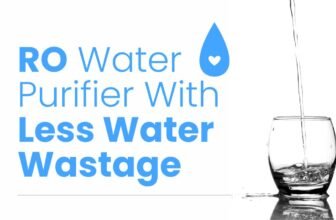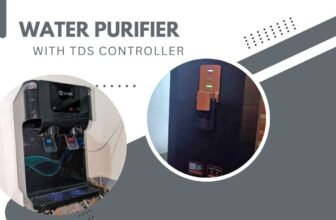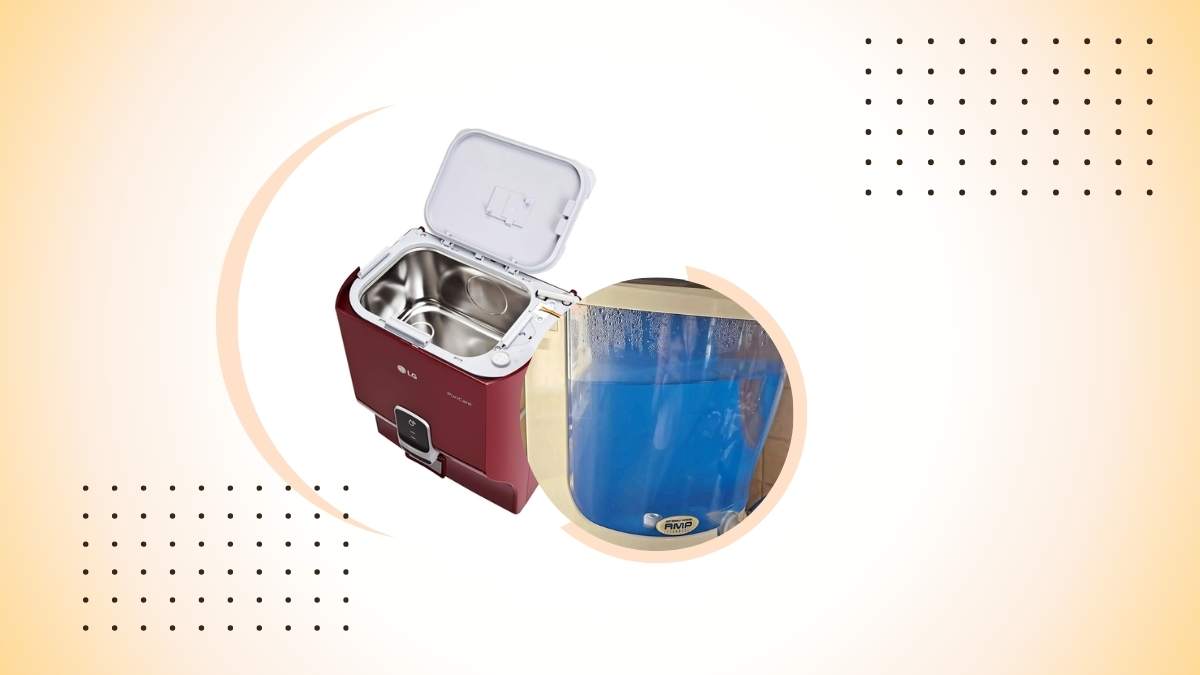
Did you know that 99.99% of bacteria can be removed with a water purifier? But not all storage tanks are created equal. Stainless steel tanks are superior to ABS plastic when it comes to safety, durability, and water quality. In this blog post, I will explore why stainless steel may be a good choice for storing purified water, examining aspects such as leaching, bacterial growth, durability, and maintenance, to help you make an informed decision.
Which is safer for storing purified water: stainless steel or ABS plastic?
Storing purified water requires careful consideration of the storage material to ensure the water remains safe and free from contamination. Two popular options are stainless steel and ABS plastic. While both have their advantages and disadvantages, stainless steel is generally considered safer for storing purified water.
Safety Comparison
| Material | Leaching | Corrosion | Cleaning | Bacterial Growth |
| Stainless Steel | No | No | Easy | Low |
| ABS Plastic | Possible | Possible | Difficult | High |
Stainless steel does not leach chemicals into the water, unlike ABS plastic which can potentially release styrene monomer, a known carcinogen. Additionally, stainless steel does not corrode, ensuring the water remains safe and free from contamination. Cleaning stainless steel tanks is also easier and less prone to causing abrasions compared to ABS plastic tanks. Furthermore, stainless steel is less susceptible to bacterial growth, maintaining the water’s purity.
Tank transparency and convenience
ABS plastic tanks are transparent, allowing you to easily check the quality of both the water and the tank itself.
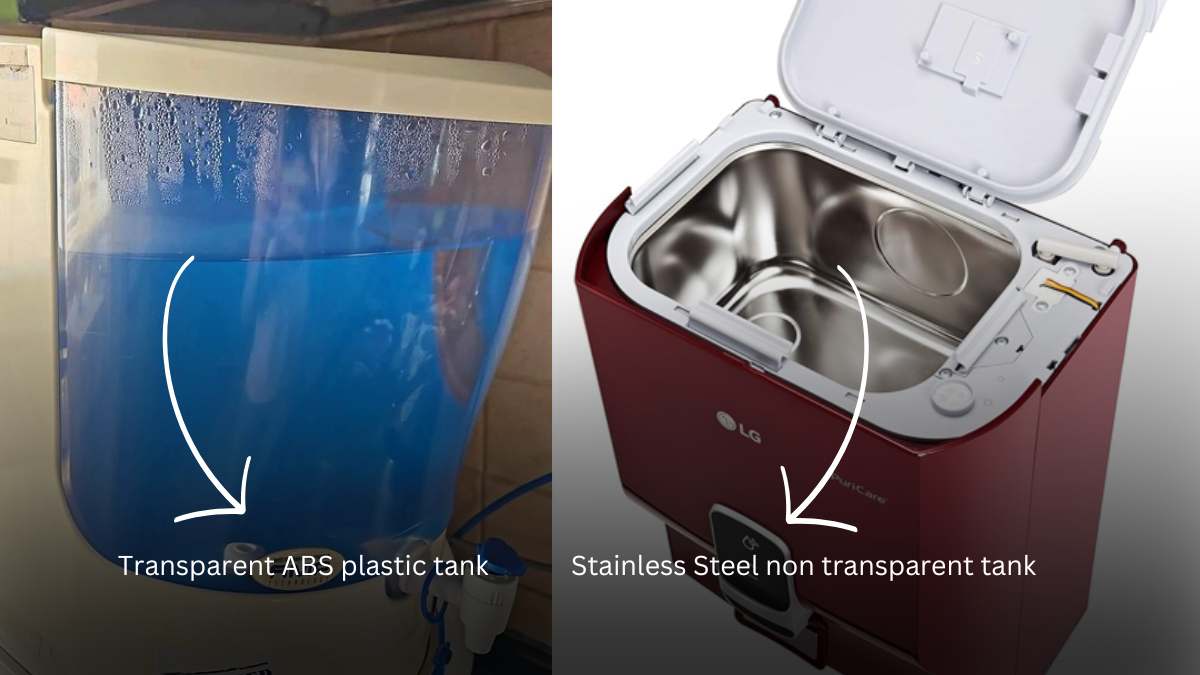
In contrast, stainless steel water purifiers have concealed tanks that are not transparent, but the good news is that these tanks are removable and washable.
For example,
The Aquaguard Aura water purifier features an ABS plastic tank that is durable, lightweight, and easy to clean. This tank has a high storage capacity of 7 litres, ensuring a constant supply of purified water.
In contrast, the LG Puricare water purifier boasts a concealed, removable stainless steel tank. The concealed design of the LG tank also enhances the overall aesthetic appeal of the purifier.
Which is more durable: stainless steel or ABS plastic Tank?
The durability of a water purifier’s storage tank is a crucial consideration for home use. In this regard, stainless steel tanks outperform ABS plastic tanks in several aspects.
Durability Comparison
| Material | Durability | Lifespan |
| Stainless Steel | Vastly more durable | 15+ years |
| ABS Plastic | Prone to cracks and leaks | 3-5 years |
Stainless steel tanks are designed to withstand the rigors of daily use, with a lifespan of over 15 years if properly maintained. In contrast, ABS plastic tanks are more susceptible to damage, typically lasting only 3-5 years before requiring replacement.
Does a stainless steel tank in a water purifier affect the taste of water?
The stainless steel tank in a water purifier plays a crucial role in maintaining the taste of water. Stainless steel tanks are made from food-grade materials that prevent corrosion and ensure the purity of stored water. This is particularly important in water purification systems where the taste of water can be affected by various contaminants and impurities.
Studies have shown that stainless steel tanks can significantly improve the taste of water by reducing the presence of impurities and contaminants. For instance, a study conducted by Eureka Forbes found that water purifiers with stainless steel tanks can remove up to 99.99% of impurities, resulting in cleaner and better-tasting water (Source: eurekaforbes.com).
In addition to removing impurities, stainless steel tanks also help to maintain the natural pH balance of water. This is important because water with an unnatural pH balance can have an unpleasant taste. For example, water with a high pH level can have a bitter or metallic taste, while water with a low pH level can have a sour or acidic taste.
Here is a table summarizing the benefits of stainless steel tanks in water purifiers:
| Feature | Benefits |
| Corrosion-resistant | Prevents contamination and ensures purity |
| Food-grade materials | Ensures water safety and hygiene |
| pH balance maintenance | Maintains natural pH balance, improving taste |
| Impurity removal | Removes up to 99.99% of impurities |
Is an ABS plastic Tank in a Water Purifier a good insulator for keeping water cool?
ABS plastic is a popular material used in various applications, including water purifiers. One of the key functions of a water purifier is to keep the water cool, which is where ABS plastic’s insulation properties come into play.
ABS plastic is known for its high-temperature resistance, chemical resistance, and ageing resistance, making it an excellent insulator for water purifiers. In terms of thermal insulation, ABS plastic has a relatively low thermal conductivity, which means it is a poor conductor of heat.
This property makes it suitable for applications where thermal insulation is desired, such as in water purifiers.
According to a study by SendCutSend, ABS plastic has a thermal conductivity of 0.11 to 0.25 W/m·K, which is significantly lower than other materials like copper (386 W/m·K) or aluminium (237 W/m·K) (Source: sendcutsend.com).
In addition to its thermal insulation properties, ABS plastic is also resistant to chemicals and corrosion, which is important for water purifiers that often come into contact with various chemicals and contaminants.
ABS plastic’s chemical resistance is due to its low permeability rate, which prevents damage caused by liquids leaking inside the material (Source: yijinsolution.com).
Thermal Conductivity of ABS Plastic and Other Materials
| Material | Thermal Conductivity (W/m·K) |
| ABS Plastic | 0.11-0.25 |
| Copper | 386 |
| Aluminum | 237 |
| Steel | 50-60 |
| Glass | 1.3-2.3 |
Note: The thermal conductivity values are approximate and may vary depending on the specific grade and formulation of the material.
Why Stainless Steel tank water purifier is more expensive than ABS plastic tank water purifier?
Stainless steel tank water purifiers are generally more expensive than ABS plastic tank water purifiers due to several factors. The primary reason is the material cost of stainless steel, which is significantly higher than ABS plastic.
According to a study, the cost of stainless steel is approximately 3.5 times higher than ABS plastic. This increased cost is reflected in the final product, making stainless steel water purifiers more expensive upfront.
Another factor contributing to the higher cost is the manufacturing process. Stainless steel requires a more complex and labour-intensive manufacturing process, which increases production costs. In contrast, ABS plastic can be moulded into various shapes and forms with relative ease, reducing production costs.
Additionally, stainless steel water purifiers often come with advanced features such as multi-stage filtration systems and UV treatment, which further increase their cost.
These features provide better water quality and purification, but they also add to the overall expense of the product.
Here is a comparison of the costs:
| Material | Cost per Unit |
| ABS Plastic | ₹ 5,000 – ₹ 10,000 |
| Stainless Steel | ₹ 15,000 – ₹ 30,000 |
Which is easier to clean and maintain: Stainless steel or ABS plastic tank?
When it comes to cleaning and maintenance, stainless steel water purifiers have a significant edge over their ABS plastic counterparts.
Stainless steel tanks are naturally hygienic and easy to clean, requiring only soap and water to maintain their pristine condition.
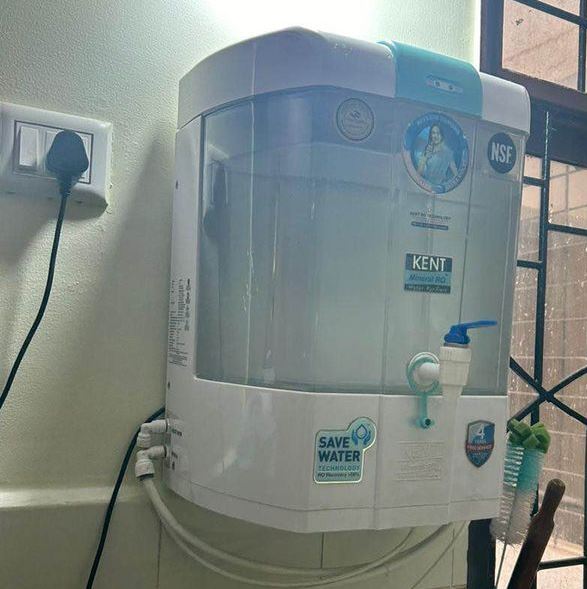
In contrast, ABS plastic tanks require more frequent and thorough cleaning to prevent bacterial growth and biofilm accumulation (Source: bepure.store).
Cleaning and Maintenance Comparison
| Material | Ease of Cleaning | Maintenance Frequency |
| Stainless Steel | Easy | Less frequent |
| ABS Plastic | Difficult | More frequent |
Stainless steel tanks are less prone to bacterial infections and corrosion, making them a more sanitary choice for water storage.
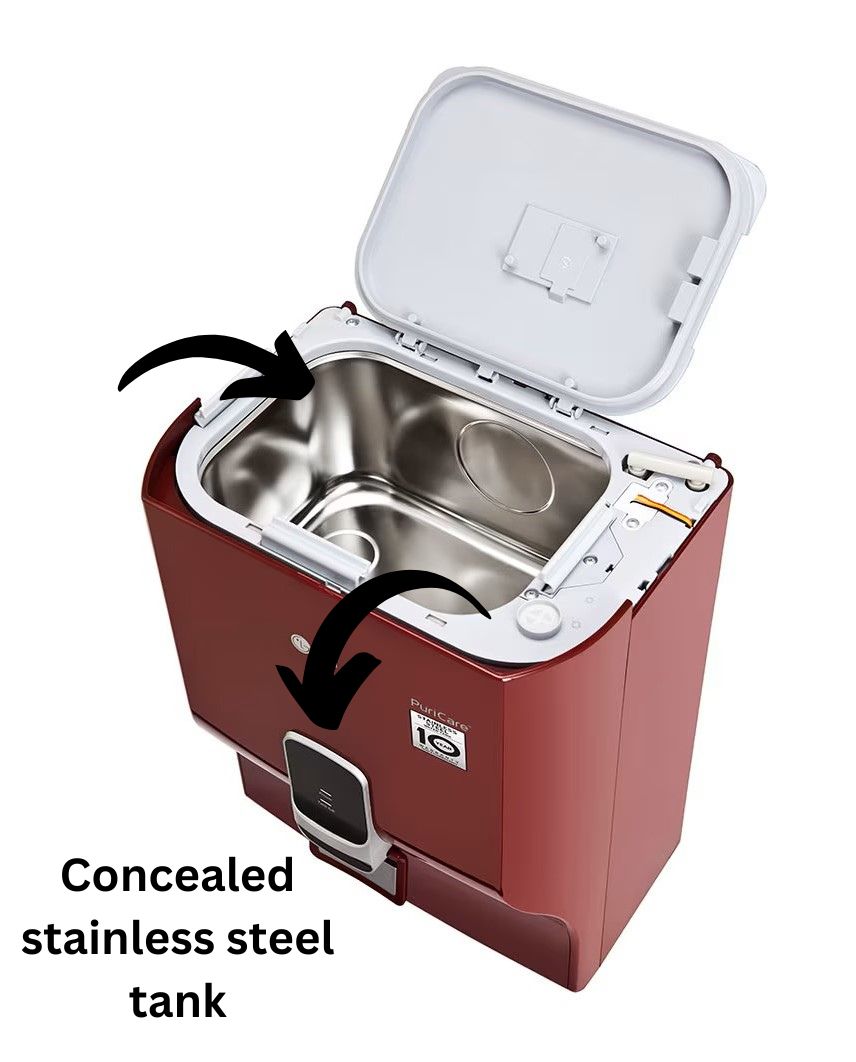
Additionally, their durability ensures they can withstand high and low temperatures, pressure, and UV radiation without compromising their integrity.
In contrast, ABS plastic tanks are more susceptible to damage from UV radiation and extreme weather conditions, requiring more frequent cleaning and protection (Source: echemi.com).
Is ABS plastic Tank Water Purifier susceptible to bacterial growth?
ABS plastic tank water purifiers are susceptible to bacterial growth, which can compromise the quality of treated water.
According to a study, the bacterial diversity of effluent water from different purifiers showed that Proteobacteria were relatively abundant in influent water samples from purifier C, while Melainabacteria dominated in sample B-E (Source: iue.cas.cn). This highlights the potential for bacterial growth in these systems.
The presence of bacteria in drinking water can lead to various problems, including hygienic, aesthetic, and operational issues. Factors such as type and concentration of available organic and inorganic nutrients, residual disinfectant, and environmental conditions like water temperature influence bacterial growth and interactions (Source: frontiersin.org). A study found that assimilable organic carbon (AOC) levels above 100 µg/L can support significant bacterial growth (Source: besjournal.com).
Table 3 from the study on microbial contamination of household water purifiers shows that the top 50 genera in bacteria communities include Bacterium clone SRAO 22, Reyranella sp., and Paenibacillus borealis, with some genera exhibiting high abundance in effluent water and membrane samples.
This underscores the need for effective control measures to prevent bacterial growth in ABS plastic tank water purifiers.




